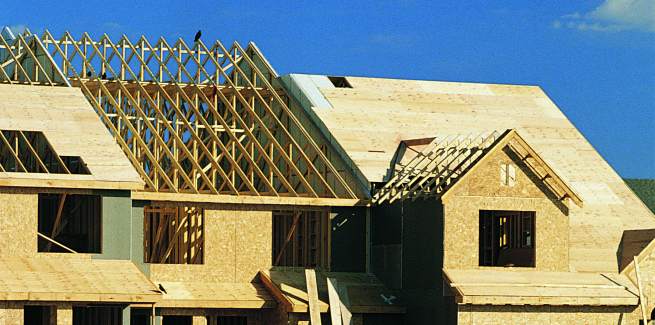The cost associated with housing construction has risen over the first quarter of 2020. However, CoreLogic anticipates COVID-19 will likely have “some effect” on construction costs into the second quarter.
The Cordell Housing Index Price (CHIP) report for March rose by 1.0 per cent over the quarter, to be up a total of 3.6 per cent year-on-year.
This is slightly higher than the 0.9 per cent growth recorded in the CHIP in the previous quarter.
Meanwhile, the report also highlights that the national consumer price index increased by 0.7 per cent over the December 2019 quarter, compared with a 0.5 per cent rise over the previous quarter.
According to CoreLogic, COVID-19 “will likely have some influence” on the results of the CHIP index, with the factors most likely to affect the CHIP including the availability of labour and the price of materials into the June 2020 quarter.
“At this stage, it is a little too early to see what impact it will have, but it is more likely to be a deflationary movement, as a surplus of labour becomes available while the commencement of new projects slows,” CoreLogic added.
Recent ABS trend data showed that total dwelling approval figures increased 1.0 per cent in February, jumping 20 per cent in seasonally adjusted terms month-on-month.
Meanwhile, employment in the construction industry grew by 0.2 per cent over the three months to February 2020, and currently accounts for around 9.1 per cent of the total workforce, a figure which could also be affected over the June quarter.
In the greater housing market, CoreLogic’s home value index for March saw national dwelling values rise by 0.7 per cent over the month, with April results expected to show the true extent of strict social distancing regulations, including bans on open homes and on-site auctions.
Additionally, CoreLogic Australian head of research Eliza Owen released a statement on Thursday with a word of warning for Australian rental markets, as a flailing tourism sector forces Airbnb and other short-term rental properties back into the private rental market, placing downward pressure on rental prices.
Adding further strain to the residential rental market, challenging labour economies and a decline in accommodation requirements for both international and domestic students have also seen a drop in demand for private rentals, causing a significant imbalance between available properties and willing tenants on the market.
The suburbs most affected by these challenges are those in the inner suburbs of both Sydney and Melbourne, as well as Sydney’s eastern suburbs and central Adelaide.
[Related: Housing market to ‘withstand’ crisis: PIPA]
 ;
;
